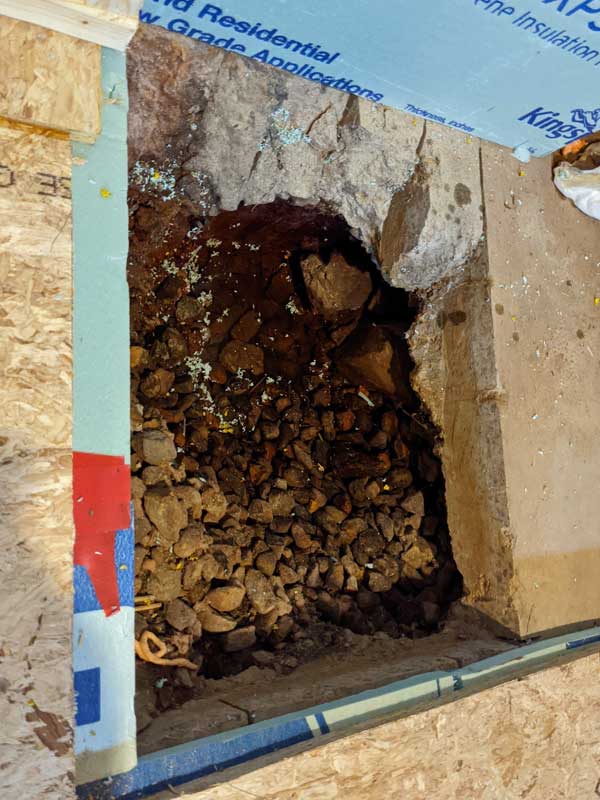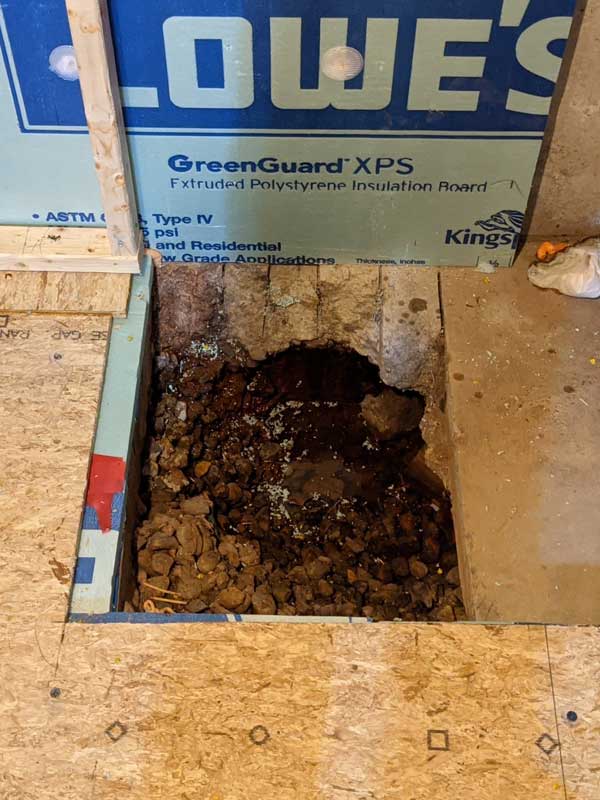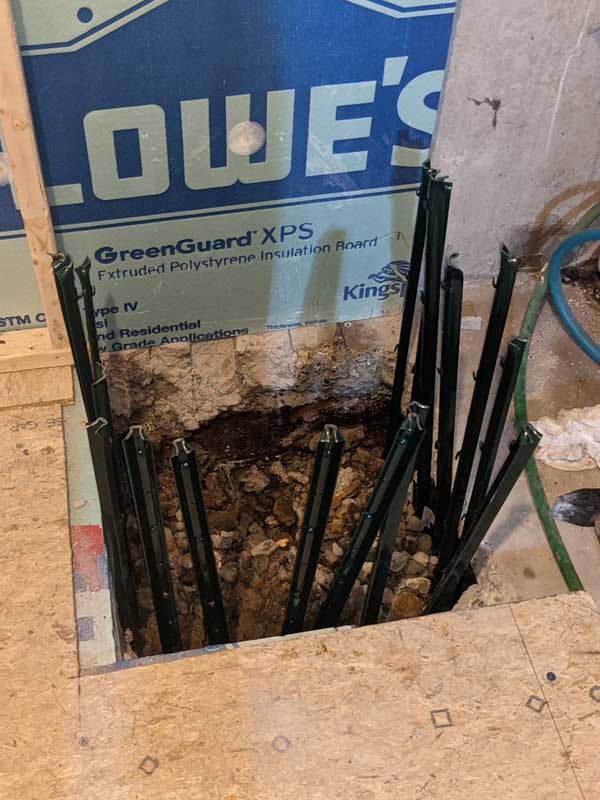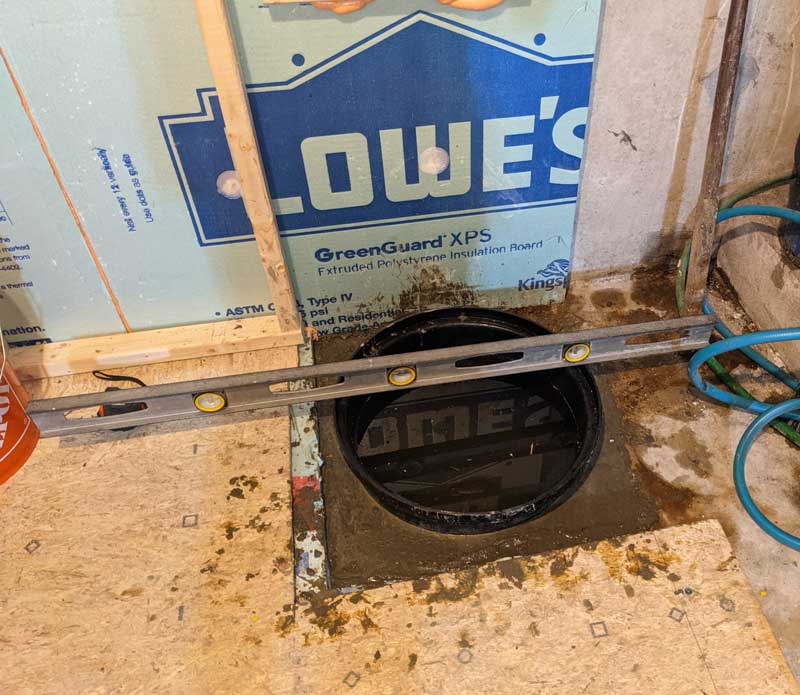ADK_MechETech
Member
So when I moved into my house 7+ years ago, there was a sump pit in the basement that was clearly an afterthought. A year or so after moving in, I found out that the year after the house was built (built in 2004), the owners had a serious water problem. The hill behind the house literally gushes water almost year round. The contractor came back and did a ton of drainage work on the exterior of the house, and most likely installed this "Sump pit".
Flash forward to today, I have never seen water in my basement and the pump has not even been plugged in for the 8+ years I have been here. I am now semi-finishing the space to be used as a laundry room and my home office. I am trying to figure out the best way to:
1. Stabilize the gravel and fill in the hole.
2. Make it clean so a pump doesn't suck up gravel and dirt if it does have to run.
3. Eliminate any standing water.
Here are a couple pictures of what I am working with. The opening is roughly 23"x18", and it is 12" from the slab surface at the deepest spot. I'm open to any/all suggestions at this point. I don't think installing a plastic sump pit is realistic at this point as I would not be able to backfill under the slab around it.


Flash forward to today, I have never seen water in my basement and the pump has not even been plugged in for the 8+ years I have been here. I am now semi-finishing the space to be used as a laundry room and my home office. I am trying to figure out the best way to:
1. Stabilize the gravel and fill in the hole.
2. Make it clean so a pump doesn't suck up gravel and dirt if it does have to run.
3. Eliminate any standing water.
Here are a couple pictures of what I am working with. The opening is roughly 23"x18", and it is 12" from the slab surface at the deepest spot. I'm open to any/all suggestions at this point. I don't think installing a plastic sump pit is realistic at this point as I would not be able to backfill under the slab around it.




